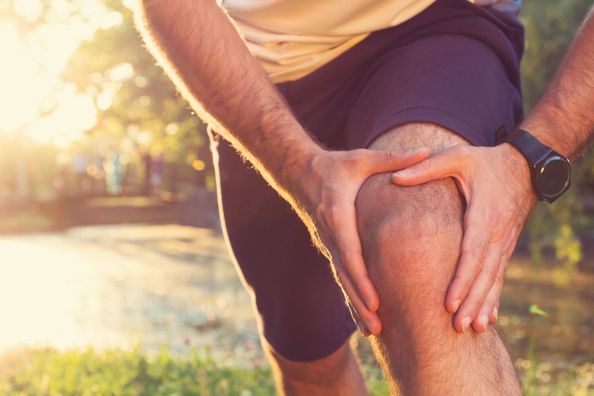
Knee Pain While Running
My knee has been hurting when I run. When should I see a doctor?

My knee has been hurting when I run. When should I see a doctor?
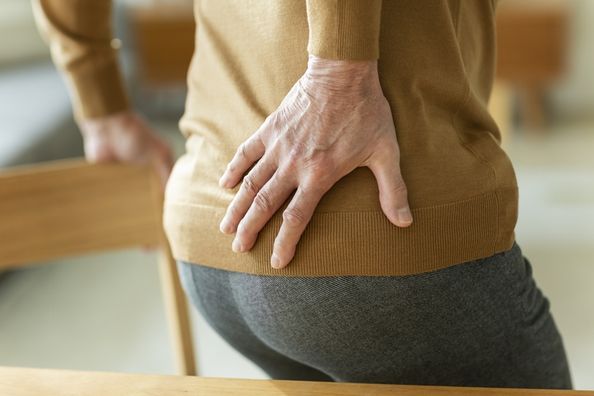
Hip arthroscopy surgery is used to treat various hip conditions, most commonly labral tears and hip impingement. The procedure is performed by an orthopaedic surgeon who utilizes a small camera to guide surgical tools that are inserted into the hip joint through small incisions. Hip arthroscopy surgery is a less-invasive alternative to open surgery, providing less pain and stiffness in the affected joint and resulting in shorter recovery times.
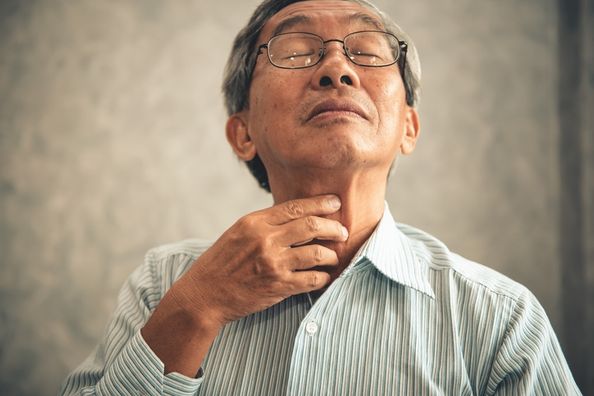
Head and Neck cancers are those that form in the throat, nose, sinuses, mouth, lips, salivary glands, and larynx (your voice box). When cancer forms in the head or neck, it is one of three types. These include squamous cell carcinoma, thyroid cancer and lymphoma.

Plantar fasciitis typically affects adults aged 40 – 60. It is most often caused by a combination of overuse and poor arch support. It results in injury of the plantar fascia in the heel area, leading to inflammation and pain. The plantar fascia is a thick band of tissue that lines the bottom of your foot; it is anchored to the base of the heel bone and attaches to ball of your foot.
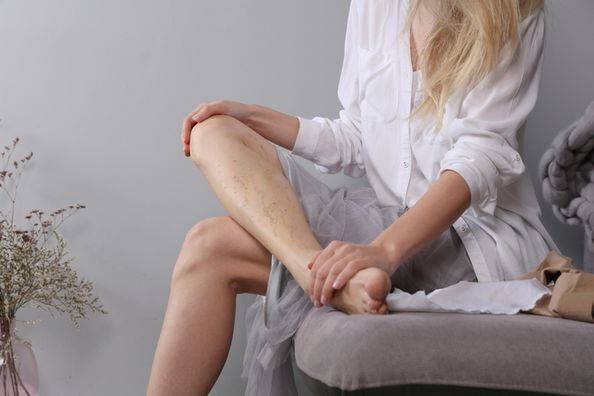
Veins of the body are responsible for carrying blood from the various parts of the body to the heart. As people age, problems can develop in the veins and can cause a variety of diseases. Approximately one third of men and women have varicose veins with varying presentations.

Molluscum Contagiosum is a skin disease that is caused by the pox virus. The virus enters the skin through a break in the skin. The virus then incubates and then growths appear. Mollusca usually look like small flesh colored or pink dome shape growths. The have a small central indentation or white core. They often become red and inflamed. They are often found in the folds of the skin but can also appear on the abdomen, chest, groin and face.
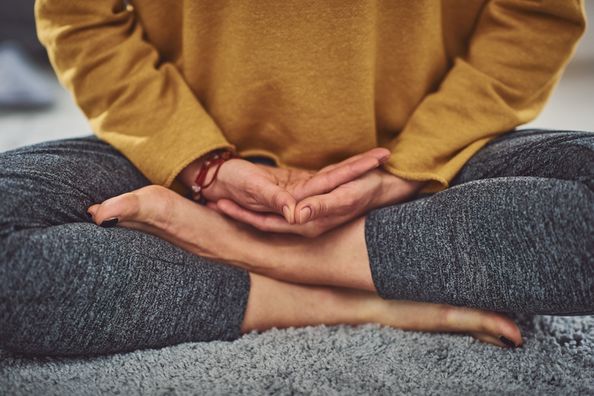
Strong pelvic floor muscles are vital to a woman’s health and sense of well-being. From your child-bearing years to menopause, it is important to keep your pelvic floor muscles strong and healthy.

Being told you have cancer can be a scary and stressful time in your life. You probably have many questions and are unsure of where to start or what to do first. There are many trusted websites with cancer information, but your physician and care team is the best source, and best place to start, for information on your diagnosis.

What is GERD:

Ringing in the ears, or tinnitus, can be a frustrating and irritating symptom; however, as scientists continue to make breakthroughs in tinnitus treatment, people suffering from ringing in the ears can find relief. The Neuromonics Oasis device is just one path to hearing, and living, better.